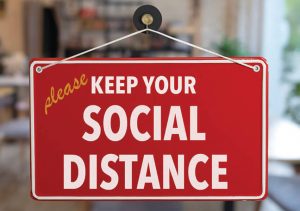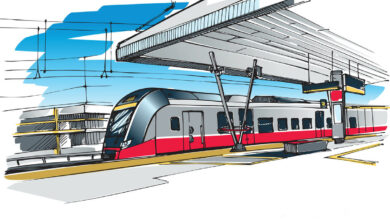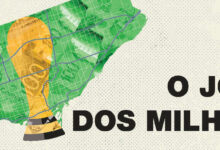During and After COVID-19

During and After COVID-19
COVID-19 has changed almost everything in our day to day lives, and one of the areas that it has had one of the deepest, and possibly longest-lasting implications, is in the structure of work. The longer COVID-19 remains a threat to society, the more likely that the changes that we are making to adapt become the new normal, and going back to the way things were, may not be something that employers or employees want to do once this is all over.
The most obvious area that COVID-19 has impacted the workforce is in the shutdown and subsequently limited reopenings of many traditionally in-person businesses like restaurants, hair salons, and other businesses that require people to meet in person. These businesses have been devastated by the inability to pack as many people into a small space, and due to the limits of how many people they can serve as long as they maintain physical distancing, they are employing a fraction of the number of people they did before. While many of these businesses are just holding on for the day where a cure or vaccine is found, there are three significant implications to these businesses:
1 – Displaced workers will have to find work in another field or industry if they wish to live off more than just government assistance. And once many of them find work when this is all over, they may not move back. Thereby putting downward pressure on incomes in industries they choose to move to.
2 – Many of these businesses may not survive the coming winter or winters under COVID. Meaning that those who wait, may not have a place to go back to work.
3 – Many of those who are trying to survive will do all they can to do more than just that. They will change business practices, systems, and staffing models to make the most of the hand they were dealt with. If there is one thing scarcity does, is that it makes people focus on essentials and cut waste. Once this is all over, it’s unlikely they will turn back to older ways and will likely be more profitable than they were pre-COVID.
The other obvious change that COVID has brought about is the rapid move to a work-from home world. This has not been painless. Countless businesses that have relied on paper and resisted digitizations for as long as they are around have been forced to figure out digitization quickly. As for those who have not, another wave may be all it takes for them to come to their senses. Around the world, employers are figuring out how to run their businesses without people in the same place and where possible, without paper. At the same time, these employers are on occasion going into their now empty offices and doing the math on how much they are paying in rent unnecessarily. Several large technology companies like Google and Facebook have publicly announced they are going to offer permanent work from home options to their employees. And a Canadian tech company, Shopify, has even announced they will permanently move to the model. While tech companies are the obvious companies to do so, they will not be the only ones. Every employer who can do math is considering their options. After all, why pay for a workspace when the employee can provide their own? The longer COVID goes, the more consumers will get used to services from remote workers, and the more leases expire, the less likely we are to see a return on mass to office space. And from the employee’s perspective, while the social aspects are nice, how many of us want their almost hour and a half commute time (the GTA average) back?
One less obvious change is that of how supply chains will likely shorten overtime going forward. While much of the world has gained immensely from the net benefit of trade that globalization has brought about, COVID-19 has shown us that we may have focused too much on gains from trade and not enough on security.
A supply chain refers to the long string of vendors that every aspect of a product you buy has to travel through before the finished good is purchased by you. Consider the lead in a pencil.
Graphite is mined, then processed, then included in the pencil, packaged, transported, and sold. And that’s just one component of the said pencil.
What COVID-19 showed is that supply chains were in many ways designed for perfection. If everything stayed predictable there would be no shortages of anything. But a rush on toilet paper can result in shortages. While small hiccups are not unusual and most of us are going to be just fine if Costco stocks out of toilet paper, what we haven’t paid enough attention to is what happens when vital health products are manufactured halfway across the world and are in short supply. M95 masks, respirators, and ingredients for certain medications all caused and continue to cause concern. What many companies and countries are realizing now is that for some products, access is more important than price.
While the shortening of certain supply chains may move some manufacturing away from China, it doesn’t mean all those jobs will come with them. A shortened supply chain will also likely mean a more automated supply chain as companies look to make up the loss of lower-wage workers with efficiencies elsewhere.
Regardless of how all the above predictions pan out, one thing is for sure: The post-COVID labour market will look very different than the pre-COVID labour market, and the longer it takes us to get back to a world without physical distancing, the more different it will look.
Manuel Luis








Redes Sociais - Comentários